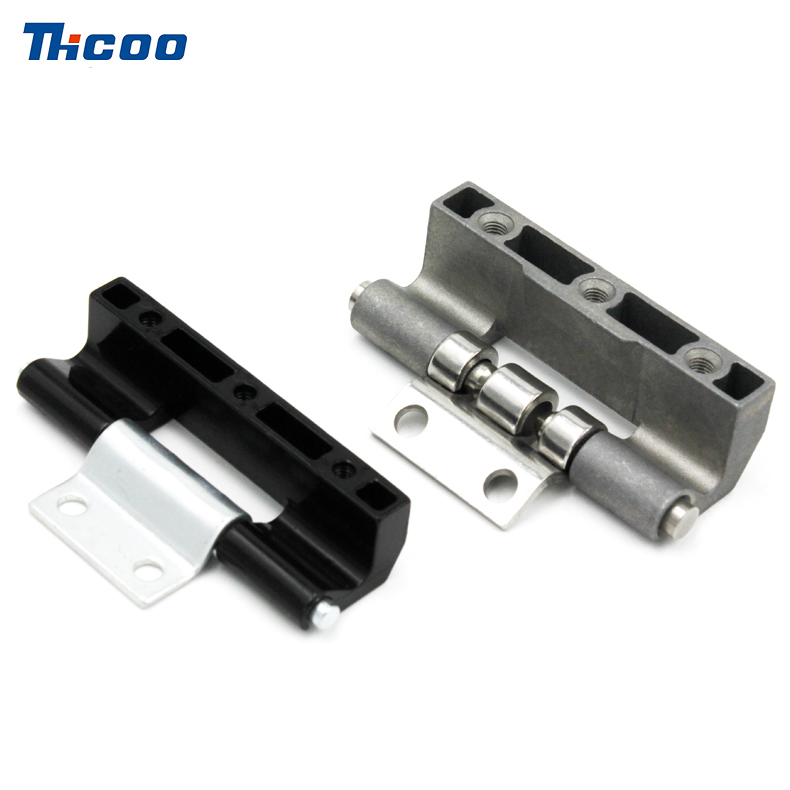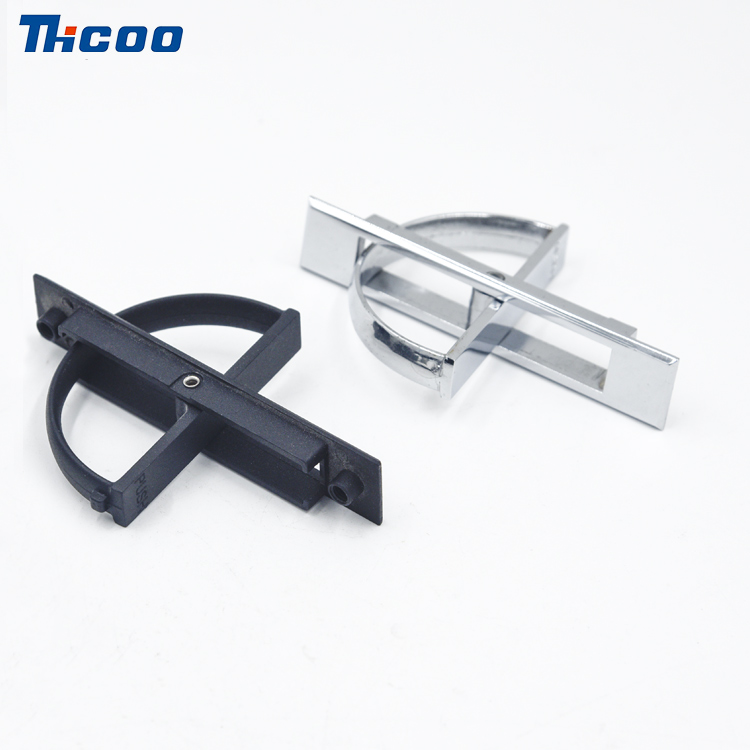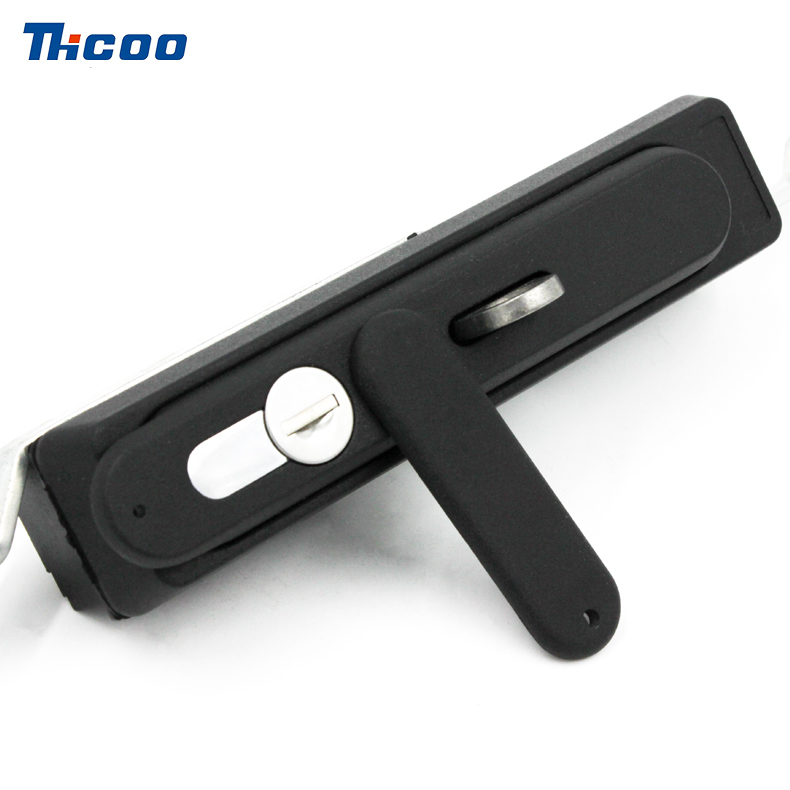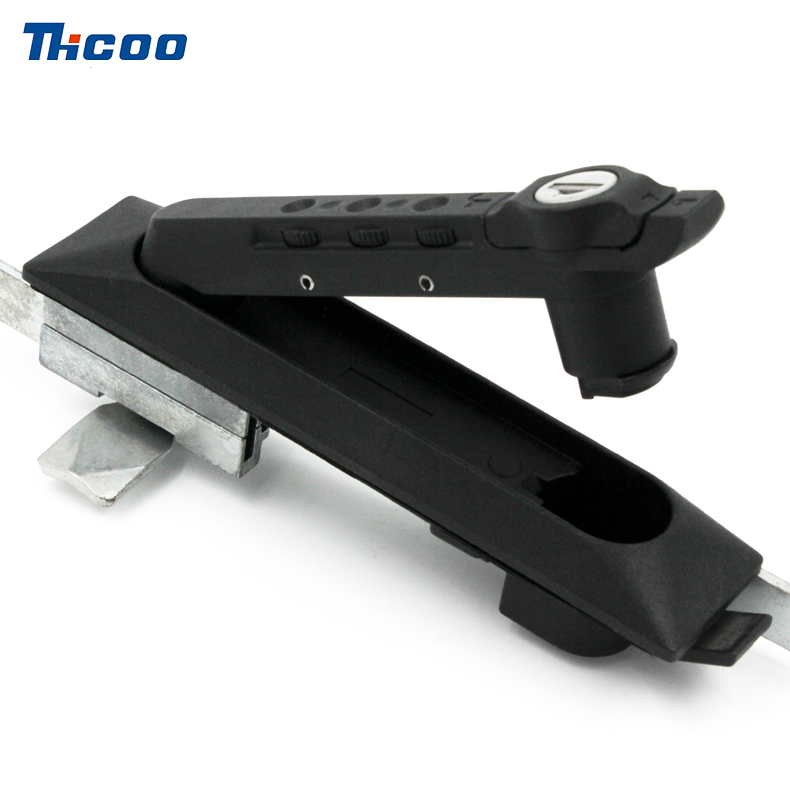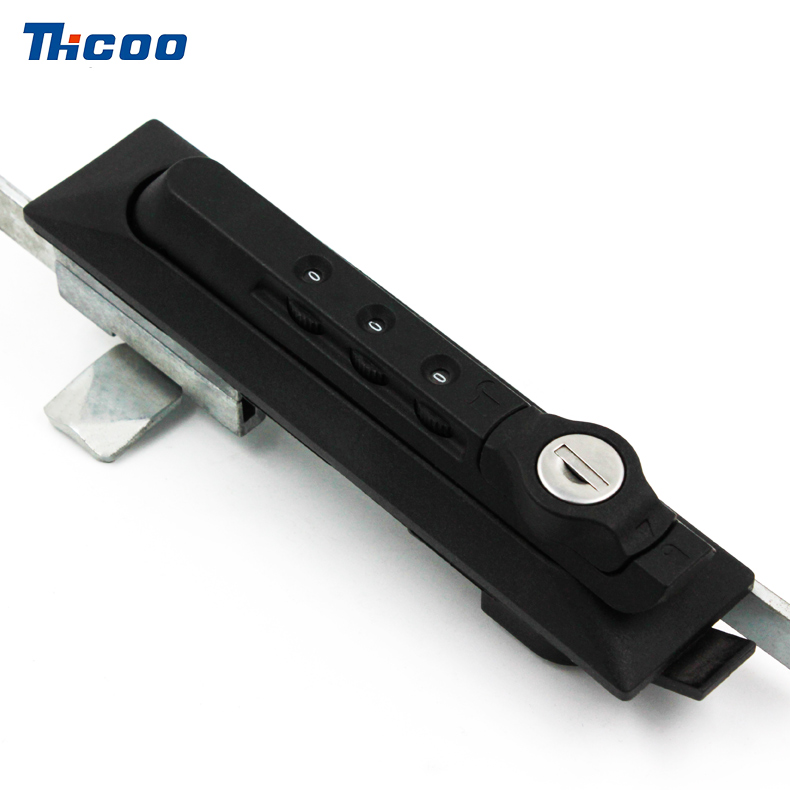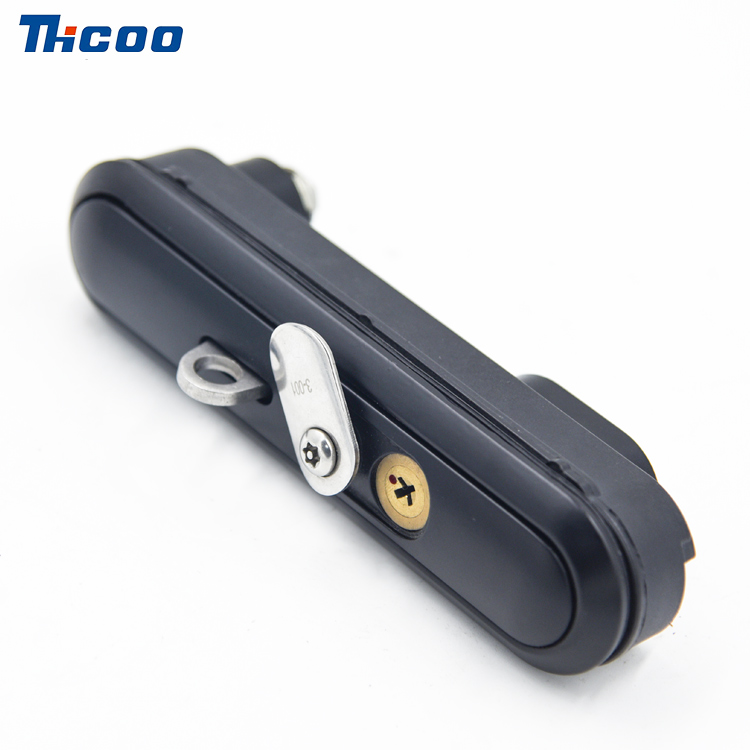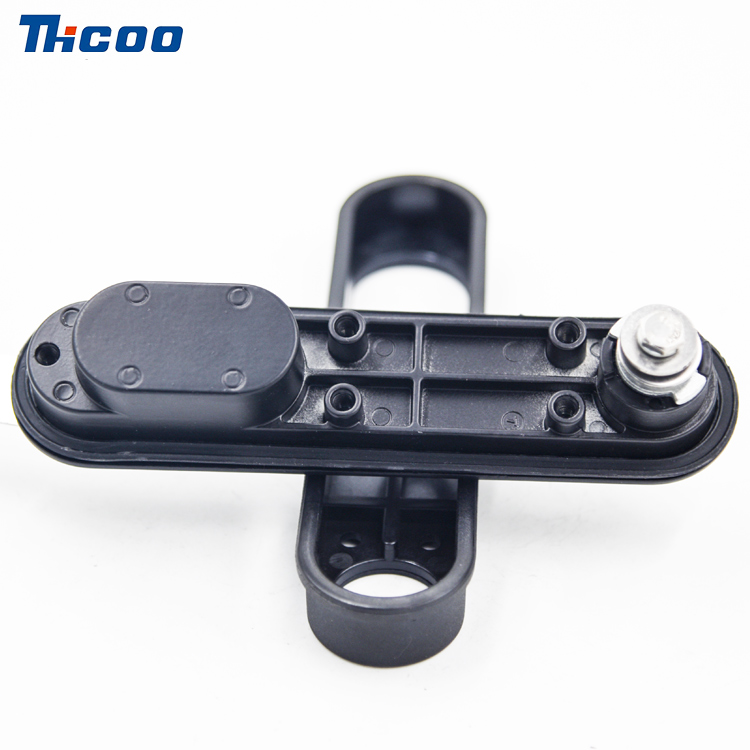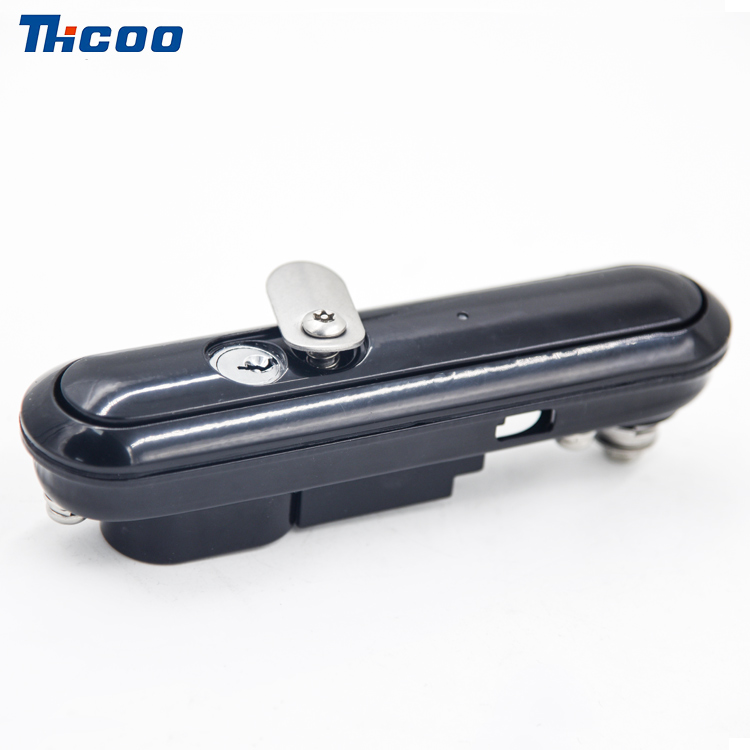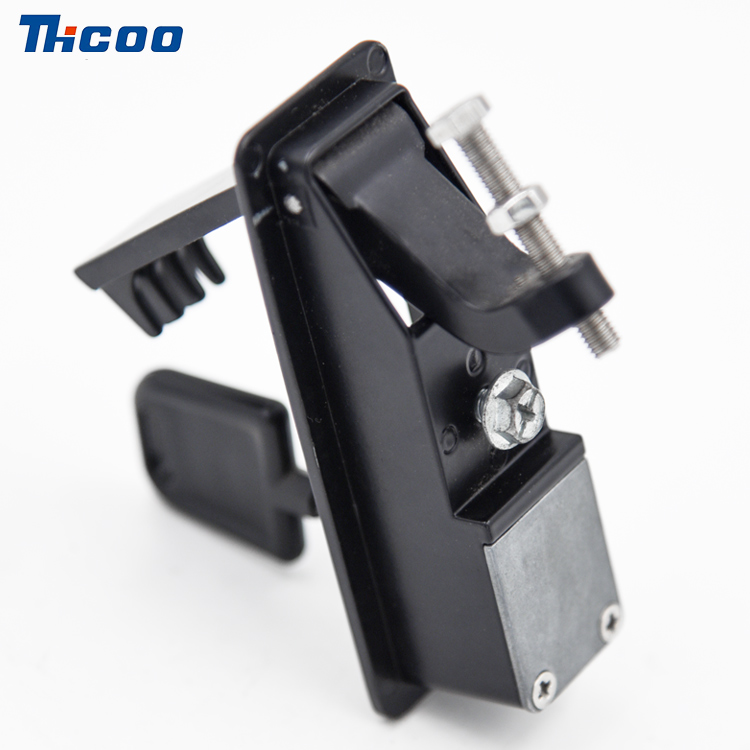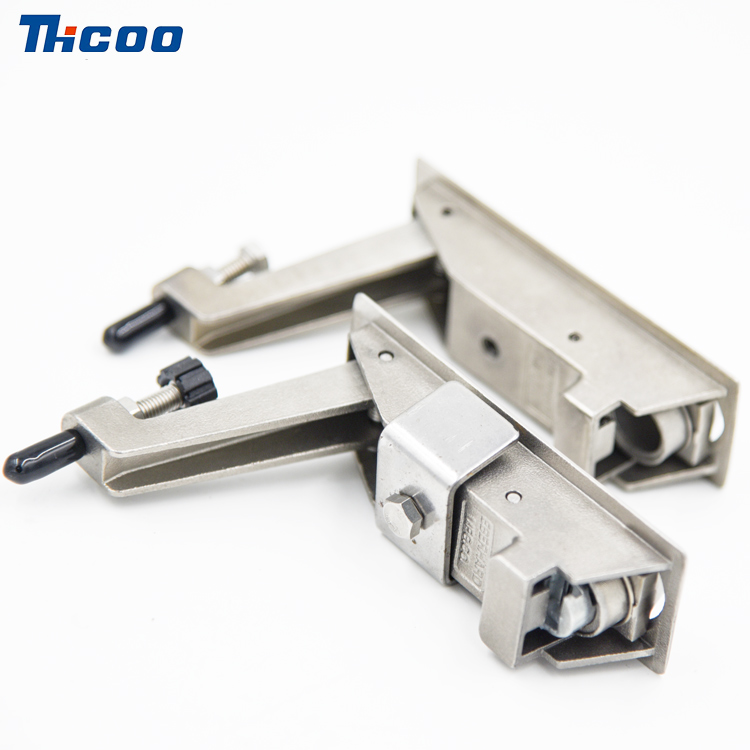Yes, when choosing a door hinge, it is indeed necessary to consider whether it has anti pry design, especially for doors with high safety requirements, such as entrance doors, warehouse doors, or commercial premises. If the hinge does not have anti pry function, external personnel may break the hinge to pry the door into the interior, which will greatly reduce the overall protective performance even if the door lock is strong. Hinges with anti pry design usually have hidden structures, anti disassembly screws, thickened hinge blades, or built-in anti pry pins. Anti pry hinges enhance their resistance to damage through special structures (such as hidden screws, reinforced hinge shafts, anti pry pieces) or materials (such as high-strength alloys), such as hidden screw holes, irregular hinge shaft designs, etc., which can effectively resist violent disassembly by tools such as pry bars. For safety protection scenarios such as entrance doors, safes, and warehouses, anti pry hinges can significantly improve the anti pry performance of the door body, avoiding the risk of the door body coming out or being moved as a whole due to hinge damage. These designs can effectively prevent violent door prying behavior and improve the overall safety performance of the door body. Especially for external doors, they are more likely to become targets for prying, so when selecting, it is even more important to pay attention to the anti prying performance of hinges. Choosing hinges with anti pry function is an important part of ensuring the overall safety of the door.

 English
English Deutsche
Deutsche 简体中文
简体中文 languages
languages 


